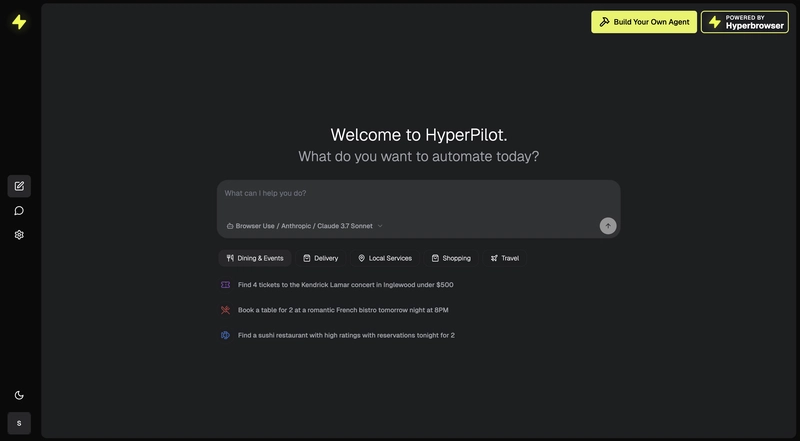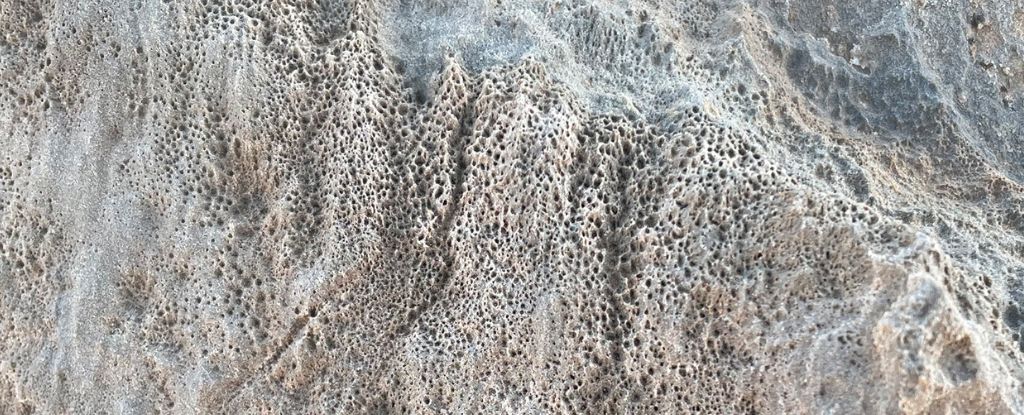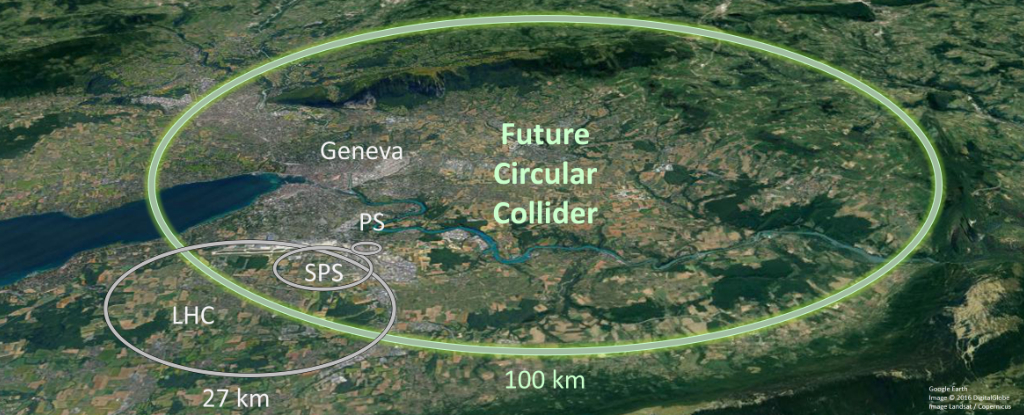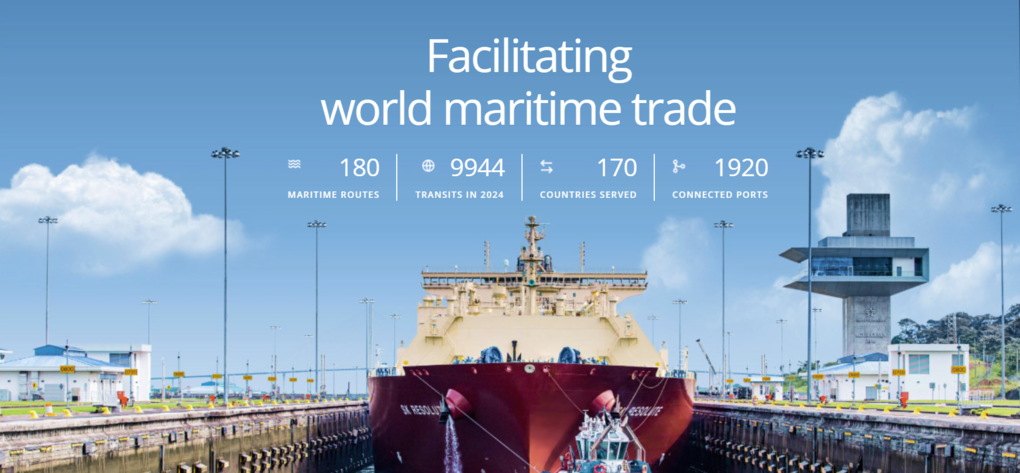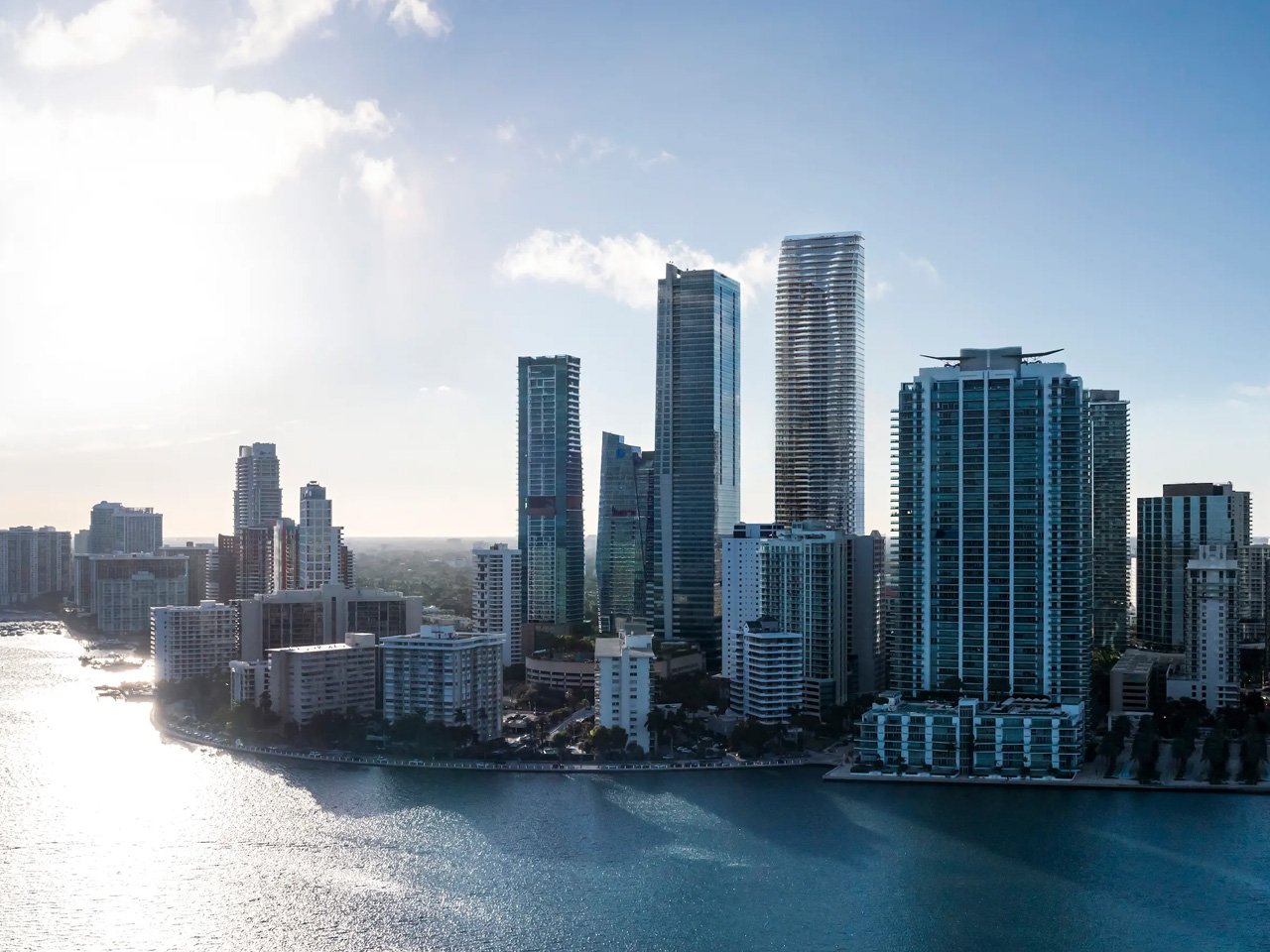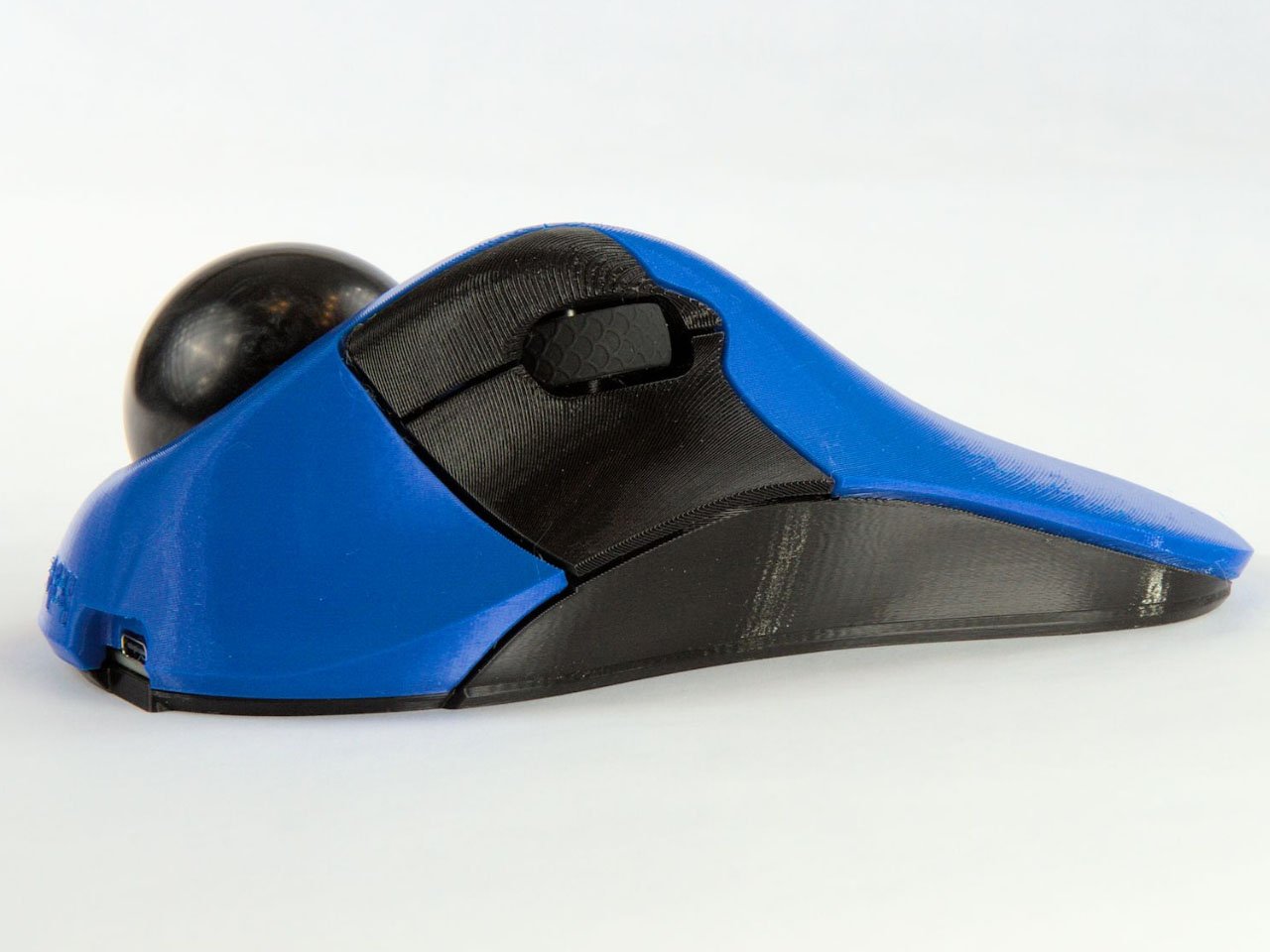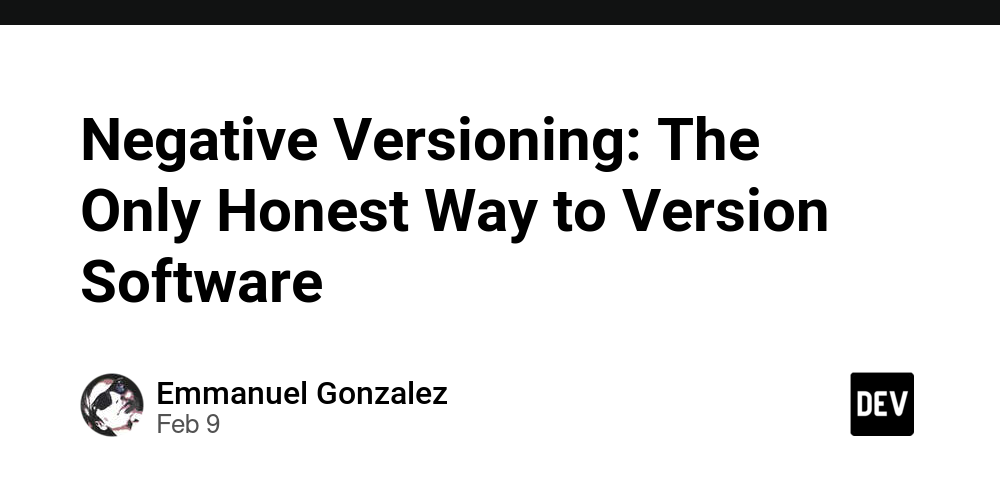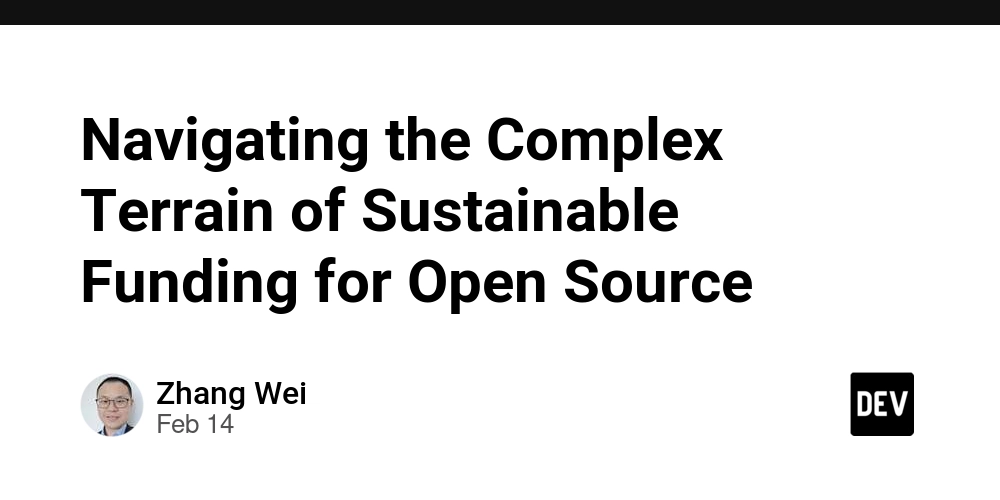PHP Design Patterns: Remote Facade
Remote Facade Design Pattern The Remote Facade design pattern is used to reduce the number of remote calls between the client and the server. It acts as a single entry point to the underlying subsystem, offering coarse-grained methods that aggregate and manage the details of more complex operations. This pattern helps minimize latency issues caused by multiple network requests by wrapping complex processes inside a unified interface. In PHP, the Remote Facade pattern is particularly useful in cases where the server provides a RESTful API or web services to a client. How It Works The Facade class simplifies the interaction with various subsystems or services. The client makes a single call to the Facade instead of multiple fine-grained calls. The Facade coordinates with underlying services, performs any necessary data processing, and returns a simpler response to the client. Implementation Let's imagine a Remote Facade that hides the complexity of interacting with several microservices handling user data, orders, and inventory in an e-commerce system. Subsystems: Fine-Grained Remote Services These are the actual services that provide specific operations, like user details, order status, and inventory checks. // UserService.php - Handles user-related details. class UserService { public function getUserInfo($userId) { // Simulate fetching user data from a remote service. return [ 'id' => $userId, 'name' => 'John Doe', 'email' => 'john.doe@example.com', ]; } } // OrderService.php - Handles order-related details. class OrderService { public function getOrderDetails($orderId) { // Simulate fetching order details. return [ 'orderId' => $orderId, 'status' => 'Shipped', 'totalAmount' => 150.75, ]; } } // InventoryService.php - Checks inventory levels. class InventoryService { public function checkProductStock($productId) { // Simulate inventory stock check. return [ 'productId' => $productId, 'stockLevel' => 42, ]; } } Remote Facade: Simplifying the Interaction The Facade will aggregate calls to these services and present a simpler interface to the client. // ECommerceFacade.php - The Remote Facade class ECommerceFacade { private $userService; private $orderService; private $inventoryService; public function __construct() { $this->userService = new UserService(); $this->orderService = new OrderService(); $this->inventoryService = new InventoryService(); } // Simplified method that aggregates data from all services. public function getUserDashboardData($userId, $orderId, $productId) { $userInfo = $this->userService->getUserInfo($userId); $orderDetails = $this->orderService->getOrderDetails($orderId); $stockInfo = $this->inventoryService->checkProductStock($productId); // Aggregating and returning a simplified response to the client. return [ 'user' => $userInfo, 'order' => $orderDetails, 'productStock' => $stockInfo, ]; } } Client Code: Interacting with the Facade The client only interacts with the facade and doesn't need to know about the complexities of the underlying subsystems. // Client code $facade = new ECommerceFacade(); $dashboardData = $facade->getUserDashboardData(1, 1001, 2001); echo "User Information: \n"; print_r($dashboardData['user']); echo "\nOrder Details: \n"; print_r($dashboardData['order']); echo "\nProduct Stock Info: \n"; print_r($dashboardData['productStock']); User Information: Array ( [id] => 1 [name] => John Doe [email] => john.doe@example.com ) Order Details: Array ( [orderId] => 1001 [status] => Shipped [totalAmount] => 150.75 ) Product Stock Info: Array ( [productId] => 2001 [stockLevel] => 42 ) Advantages of Using Remote Facade Reduced Latency: Instead of making multiple remote calls, the client makes just one call to the Facade. Simplified Interface: Clients don’t need to know the details of the underlying services. Decoupling: Changes in the underlying subsystems don’t affect the client, as long as the facade interface remains consistent. Better Maintainability: Business logic can be aggregated within the facade, making it easier to maintain. When to Use Remote Facade When you want to minimize the number of remote calls in distributed systems. When you need to provide a unified, higher-level API to hide complex subsystems. When subsystems are likely to change but the client interface should remain stable.

Remote Facade Design Pattern
The Remote Facade design pattern is used to reduce the number of remote calls between the client and the server. It acts as a single entry point to the underlying subsystem, offering coarse-grained methods that aggregate and manage the details of more complex operations. This pattern helps minimize latency issues caused by multiple network requests by wrapping complex processes inside a unified interface.
In PHP, the Remote Facade pattern is particularly useful in cases where the server provides a RESTful API or web services to a client.
How It Works
- The Facade class simplifies the interaction with various subsystems or services.
- The client makes a single call to the Facade instead of multiple fine-grained calls.
- The Facade coordinates with underlying services, performs any necessary data processing, and returns a simpler response to the client.
Implementation
Let's imagine a Remote Facade that hides the complexity of interacting with several microservices handling user data, orders, and inventory in an e-commerce system.
Subsystems: Fine-Grained Remote Services
These are the actual services that provide specific operations, like user details, order status, and inventory checks.
// UserService.php - Handles user-related details.
class UserService {
public function getUserInfo($userId) {
// Simulate fetching user data from a remote service.
return [
'id' => $userId,
'name' => 'John Doe',
'email' => 'john.doe@example.com',
];
}
}
// OrderService.php - Handles order-related details.
class OrderService {
public function getOrderDetails($orderId) {
// Simulate fetching order details.
return [
'orderId' => $orderId,
'status' => 'Shipped',
'totalAmount' => 150.75,
];
}
}
// InventoryService.php - Checks inventory levels.
class InventoryService {
public function checkProductStock($productId) {
// Simulate inventory stock check.
return [
'productId' => $productId,
'stockLevel' => 42,
];
}
}
Remote Facade: Simplifying the Interaction
The Facade will aggregate calls to these services and present a simpler interface to the client.
// ECommerceFacade.php - The Remote Facade
class ECommerceFacade {
private $userService;
private $orderService;
private $inventoryService;
public function __construct() {
$this->userService = new UserService();
$this->orderService = new OrderService();
$this->inventoryService = new InventoryService();
}
// Simplified method that aggregates data from all services.
public function getUserDashboardData($userId, $orderId, $productId) {
$userInfo = $this->userService->getUserInfo($userId);
$orderDetails = $this->orderService->getOrderDetails($orderId);
$stockInfo = $this->inventoryService->checkProductStock($productId);
// Aggregating and returning a simplified response to the client.
return [
'user' => $userInfo,
'order' => $orderDetails,
'productStock' => $stockInfo,
];
}
}
Client Code: Interacting with the Facade
The client only interacts with the facade and doesn't need to know about the complexities of the underlying subsystems.
// Client code
$facade = new ECommerceFacade();
$dashboardData = $facade->getUserDashboardData(1, 1001, 2001);
echo "User Information: \n";
print_r($dashboardData['user']);
echo "\nOrder Details: \n";
print_r($dashboardData['order']);
echo "\nProduct Stock Info: \n";
print_r($dashboardData['productStock']);
User Information:
Array
(
[id] => 1
[name] => John Doe
[email] => john.doe@example.com
)
Order Details:
Array
(
[orderId] => 1001
[status] => Shipped
[totalAmount] => 150.75
)
Product Stock Info:
Array
(
[productId] => 2001
[stockLevel] => 42
)
Advantages of Using Remote Facade
- Reduced Latency: Instead of making multiple remote calls, the client makes just one call to the Facade.
- Simplified Interface: Clients don’t need to know the details of the underlying services.
- Decoupling: Changes in the underlying subsystems don’t affect the client, as long as the facade interface remains consistent.
- Better Maintainability: Business logic can be aggregated within the facade, making it easier to maintain.
When to Use Remote Facade
- When you want to minimize the number of remote calls in distributed systems.
- When you need to provide a unified, higher-level API to hide complex subsystems.
- When subsystems are likely to change but the client interface should remain stable.






